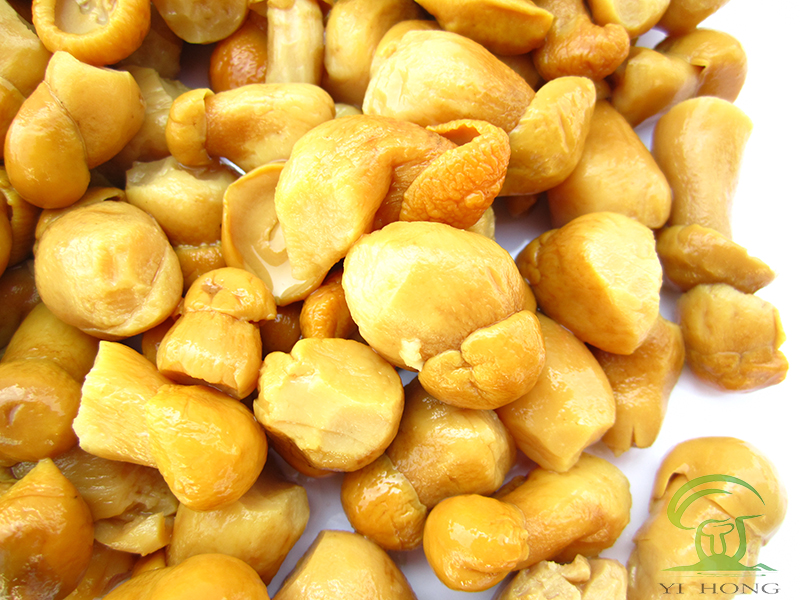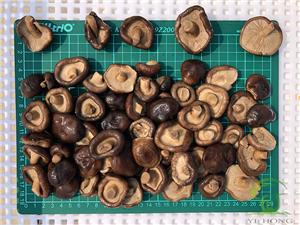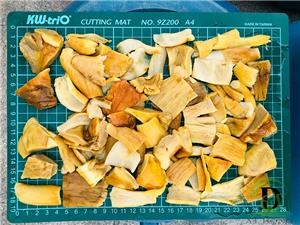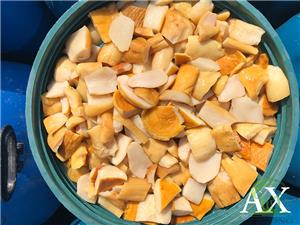Is Brined Boletus Edulis Poisonous?
Brined boletus edulis, as a kind of marinated and processed fungus food, whether it is poisonous or not has always been the most concerned issue for consumers. If you want to judge whether brined boletus edulis is poisonous, you need to analyze the raw materials, processing technology, storage conditions and other aspects to draw conclusions.
From the point of view of raw materials, the variety of porcini itself is an important factor in determining toxicity. Porcini is a huge family of bacteria, including multiple varieties, including edible varieties, such as white porcini, yellow porcini, black porcini, etc., There are also some toxic varieties, such as Reticulosporus porcini, poisonous red mushroom porcini and so on. Edible Boletus is rich in amino acids, polysaccharides, minerals and other nutrients, and is a common edible fungus in the domestic and foreign markets. The toxic Boletus contains toxic peptides, toxophytine and other harmful substances. After ingestion, it can cause nausea, vomiting, abdominal pain, diarrhea and other poisoning symptoms. In severe cases, it may also damage liver and kidney functions. Therefore, whether brined boletus edulis is poisonous or not, it first depends on whether the raw material is an edible species. If toxic boletus edulis is used for salting and processing, the finished product must be toxic.
The processing technology has an important impact on the safety of brined boletus edulis. The formal salting process includes raw material screening, cleaning, blanching, and marinating. Among them, the blanching step can effectively remove some soluble harmful substances and reduce potential risks. High-concentration salt pickling inhibits microbial reproduction through osmotic pressure and prolongs the shelf life. However, if the processing process is not standardized, such as not completely removing mycorrhizae, impurities, or insufficient blanching time, it may lead to the residue of harmful substances. In addition, if the sanitation of the processing environment is not up to standard, it may also breed microorganisms such as mold and bacteria, produce secondary toxins such as aflatoxin, and endanger human health.

Storage conditions are also a key factor affecting the safety of brined boletus edulis. Brined boletus edulis usually needs to be stored in a cool, dry, and airtight environment, away from direct sunlight and high temperature and humidity. If stored improperly, such as air leakage and moisture caused by damaged packaging, the salt concentration will decrease, microorganisms will multiply, and food will deteriorate. Spoiled brined boletus edulis may have odor, mucus, dark color, etc. At this time, even if the raw materials are non-toxic, toxic substances may be produced due to spoilage and deterioration, which can easily cause gastrointestinal discomfort and even poisoning after consumption.
It should be reminded that some people may have allergic reactions to Boletus edulis. Even if it is non-toxic brined boletus edulis, people with allergies may experience allergic symptoms such as rash, itching, and difficulty breathing after eating. Such people must eat with caution. In addition, salted foods have a high salt content, and long-term excessive consumption may increase the risk of high blood pressure and cardiovascular disease. It is recommended to eat in moderation and maintain a balanced diet.
In short, it is impossible to generalize whether brined boletus edulis is poisonous or not. If edible boletus varieties are used, after standardized processing and correct storage, safety must be guaranteed. If you are about to try brined boletus edulis, you can buy it from our company. We have many years of processing experience. The brined boletus edulis produced must be delicious and safe!
- Company News
- Industry News
- Product News
- Video




